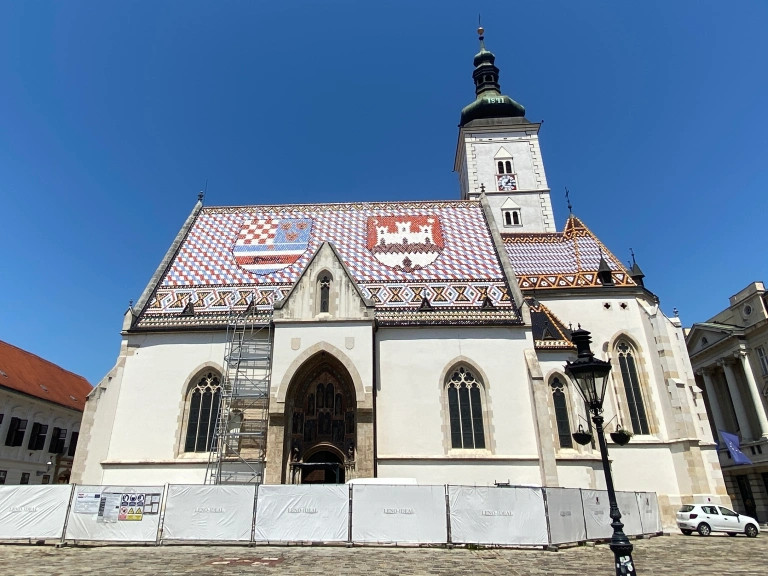
This ramen was all kinds of unique…and we couldn’t help but love it!
Our Japanese-language reporter and world traveler Ikuna Kamezawa visited Croatia recently, where she stayed in the city of Zagreb. Though the capital of Croatia, Zagreb is a very quiet place where the cost of living is very inexpensive. Ikuna found it to be a great place to take a nice, leisurely, relaxing vacation.
However, as often happens when on an extended vacation, Ikuna started to get homesick for Japanese food. But in a smaller city like Zagreb, would she be able to find any Japanese restaurants? As an experiment, she did a quick Google Map search for ramen.
When you search for “ramen restaurants” in other countries, the results often include Chinese restaurants or sushi restaurants that also serve ramen, so Ikuna made sure to specify in her search that she wanted a “ramen specialty restaurant.” To her surprise, she got one hit, and it looked like a restaurant that exclusively served ramen.
Ikuna had tried ramen in other places in Europe, like Paris and Spain, so she was eager to see Croatia’s take on the popular noodle dish. She immediately got her GPS running and headed over.
The restaurant was called Ramen Bar Torikaya and was located in a prime spot in Zagreb. The noren curtain hanging in the window had “ramen” written in Katakana on it, which was a sight for Ikuna’s sore Japanese eyes.
The stylish “No Ramen NO LIFE” neon sign was also touching. That people in other countries would feel that way about ramen…Ikuna couldn’t help but be moved.
The interior of the restaurant was very trendy…
In fact, without the ramen signs or the Suntory Whisky Hibiki bottle standing on a shelf, you might not even know it was a Japanese restaurant.
Unexpectedly, the menu was pretty pricey for Zagreb. Gyoza, for example, was 60 kuna (about 1,102 yen or US$8.19) and the Miso Ramen was 90 kuna (1,653 yen).
Ikuna decided to splurge and get the most expensive item on the menu: the Shrimp Tempura Ramen (110 kuna [2,020 yen]). In Japan it’s pretty unusual to combine tempura with ramen–that’s usually done with soba or udon, which have much lighter broths–but these days it’s become kind of trendy to add fried foods like chicken karaage to ramen, so Ikuna surmised it was probably just following the trends.
What arrived at her table just 15 minutes later was this interesting combination:
It was far more lavish than she had expected! But in terms of traditional ramen, this bowl was quite unusual. To start with, the “shrimp tempura”, which would have been unique in itself, was actually “ebi fry“, which is an entirely different category of fried food, and which no one in Japan has likely ever tried to use as a topping for ramen.
Not only that, but the use of raw enoki mushroom as a topping is nearly unheard of. Despite her surprise, Ikuna thought it made sense from an international standpoint. Enoki mushrooms aren’t a popular food in Europe, so they were probably selected for their “Japanese-ness”. Still, Japanese people don’t really make a habit of eating raw enoki, so Ikuna wasn’t quite sure what to make of it.
The bowl also had a very pungent odor of dried fish that made Ikuna’s face scrunch up against her will. On close inspection, the culprit appeared to be bamboo shoots cut into strips. Ikuna guessed they came from a can imported from somewhere in Asia. Unfortunately, it was far too stinky to complement the ramen, so the dish lost a point for that.
But when Ikuna tasted the soup–avoiding the bamboo shoots–she realized it was actually pretty good! She’d liken it to the broth used in Kamo Nanban Soba, which is made with duck broth. In that sense, since the flavor of the soup was more like a soba tsuyu broth, the addition of the shrimp tempura was a bullseye (even though it was ebi fry and not actually tempura).
Now for the most crucial part: the noodles. The thick noodles, which must have been cooked from dry, were perfectly al dente. They had a very European feel to them, with a grainy texture that could only come from noodles made with semolina. Ikuna thought they would taste great with a tomato sauce, or topped with ketchup to make a napolitan…
Wait a minute…
These noodles were pasta!
In the end, the dish didn’t quite meet the mark of “Shrimp Tempura Ramen” and ended up more like “Ebi Fry Pasta”. But that didn’t mean it wasn’t delicious. The fried shrimp, for example, was amazing. It was delightfully crispy, with a nice thick battering, and Ikuna would put them in the top tier of ebi fry, even among those made in Japan. And to get four of them in one dish…Ikuna would have expected that to cost more than 2,000 yen.
And remember the unexpected enoki mushrooms? They were shockingly delicious! They cooked ever so slightly in the heat of the broth and added a really nice crunchy texture to the dish.
Ikuna had to wonder who had the brilliance to come up with that idea. If someone were to try it in Japan, it would surely take off.
Lastly, despite the noodles being clearly pasta instead of ramen, they were actually super tasty. The more Ikuna ate them, the more she wondered if they’d purposely used pasta noodles instead of ramen. It was simultaneously both curious and delightful.
Croatia’s unique take on ramen left such a mark on Ikuna’s heart that she decided to make her own pasta ramen when she returned to Japan. If you find yourself in Zagreb one of these days, make sure you check out Ramen Bar Torikaya to get a whole new ramen experience you’ll never forget!
Images © SoraNews24
● Want to hear about SoraNews24’s latest articles as soon as they’re published? Follow us on Facebook and Twitter!

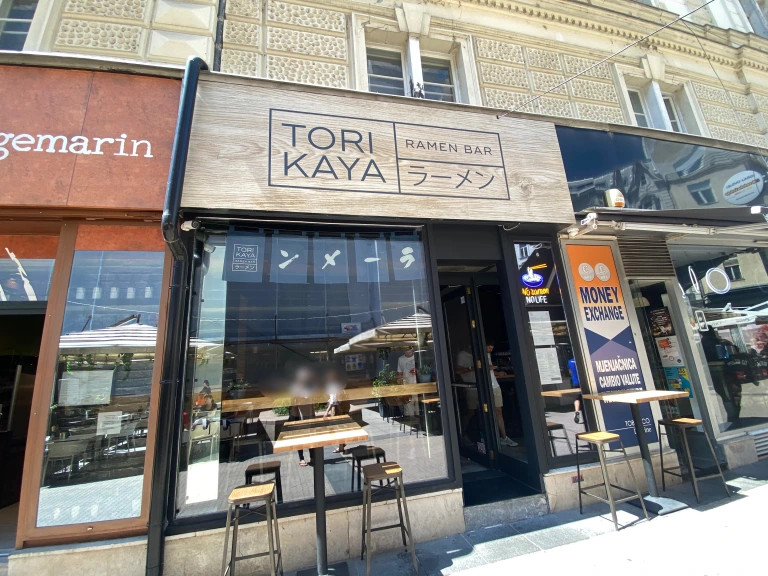
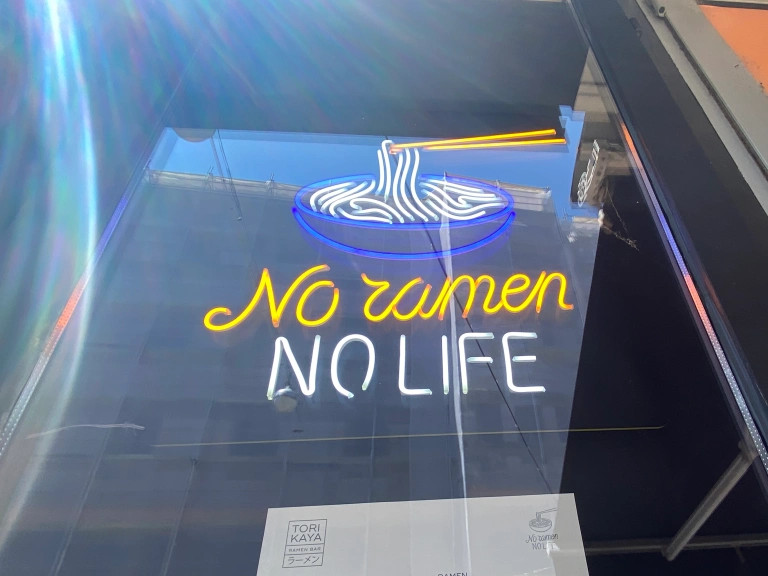

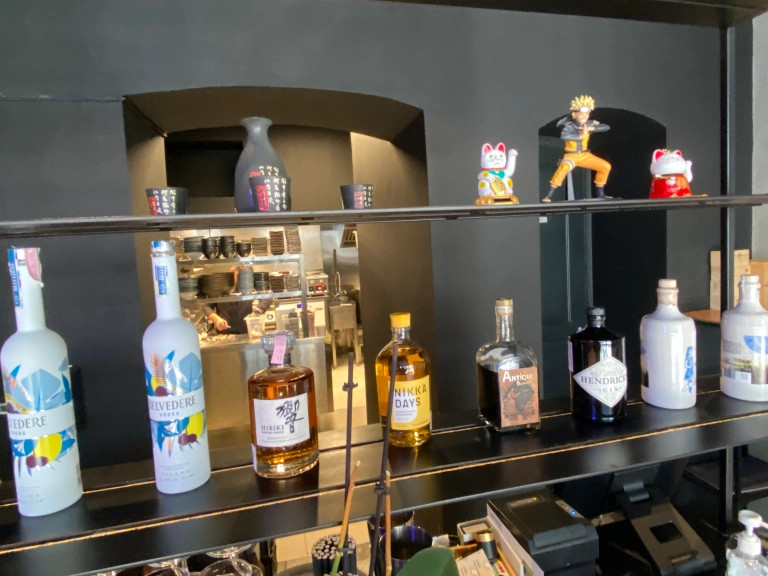
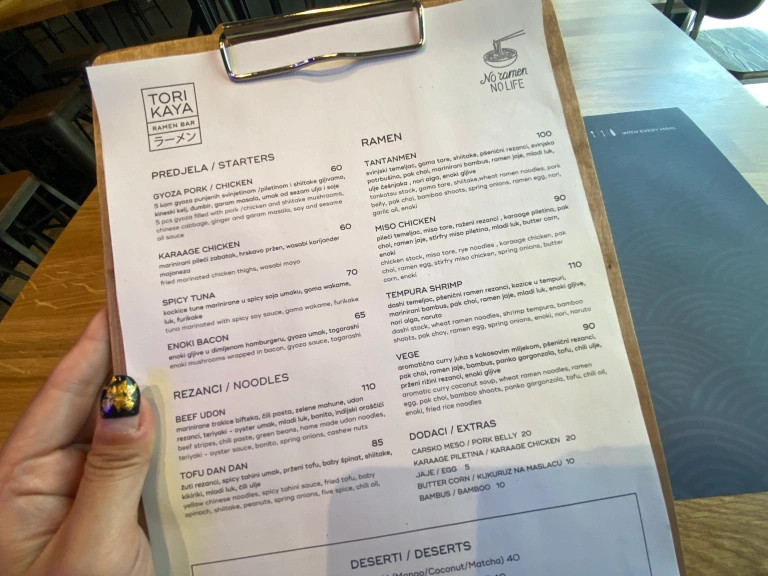
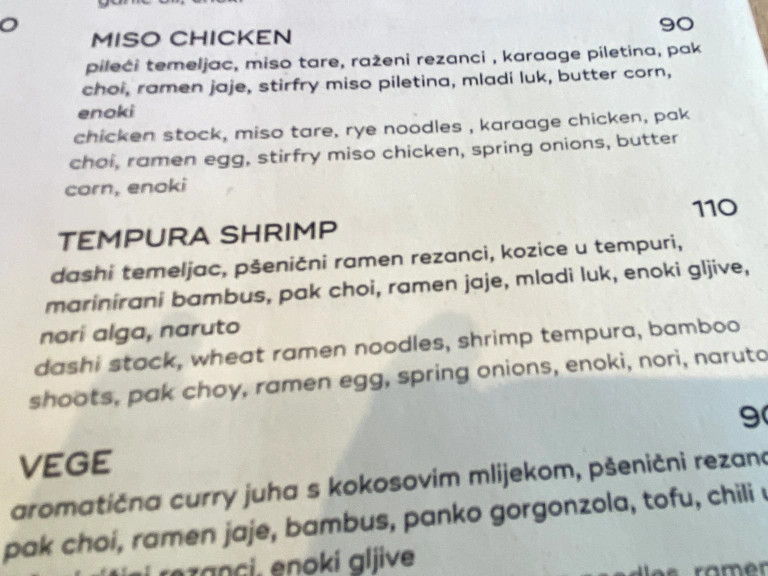
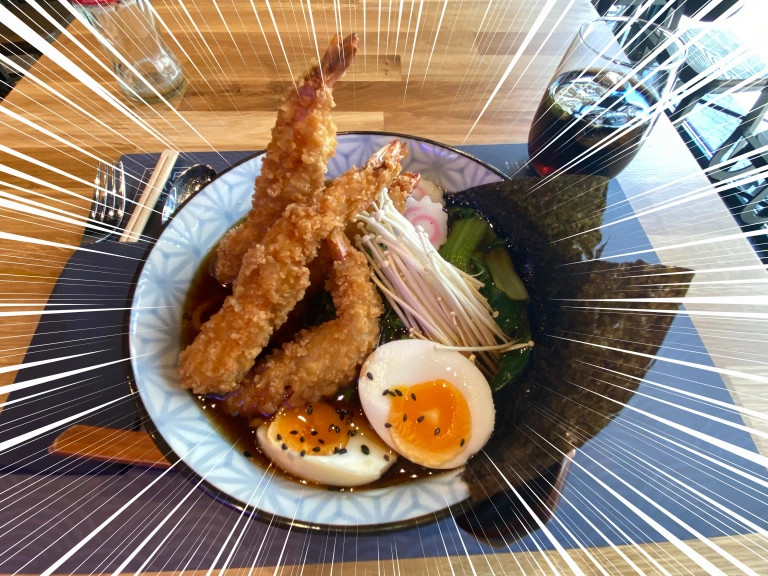
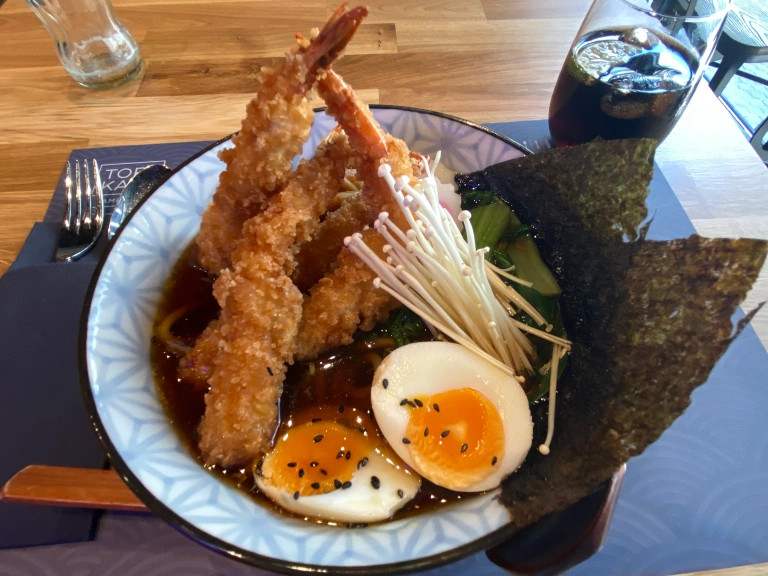
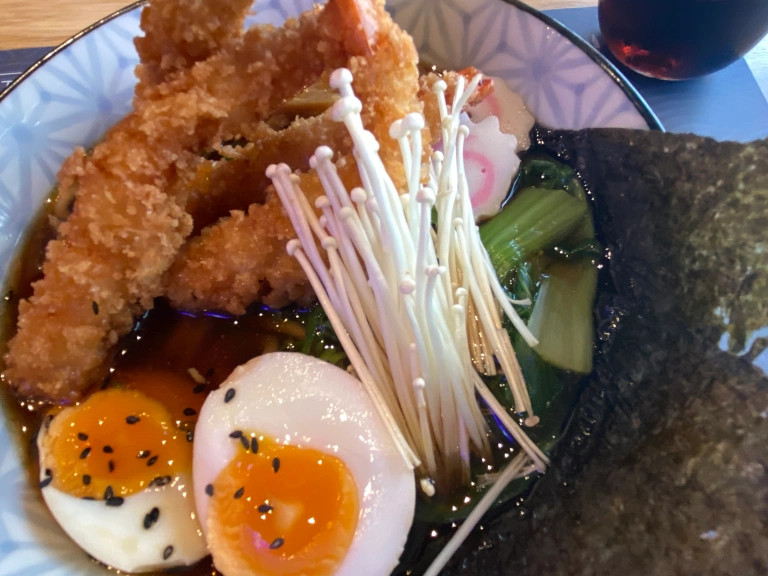
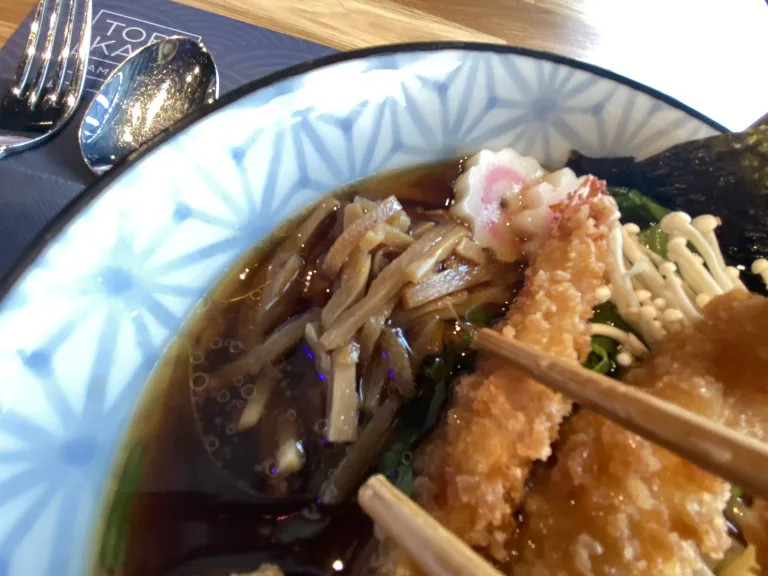
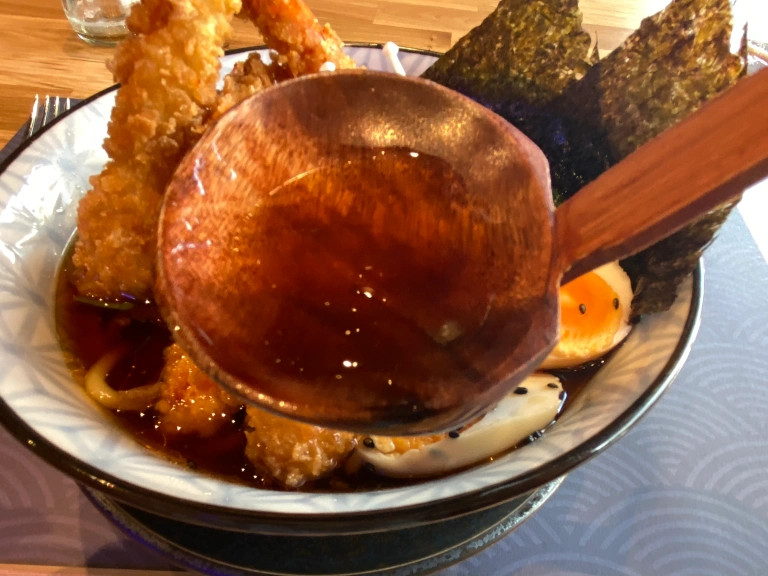
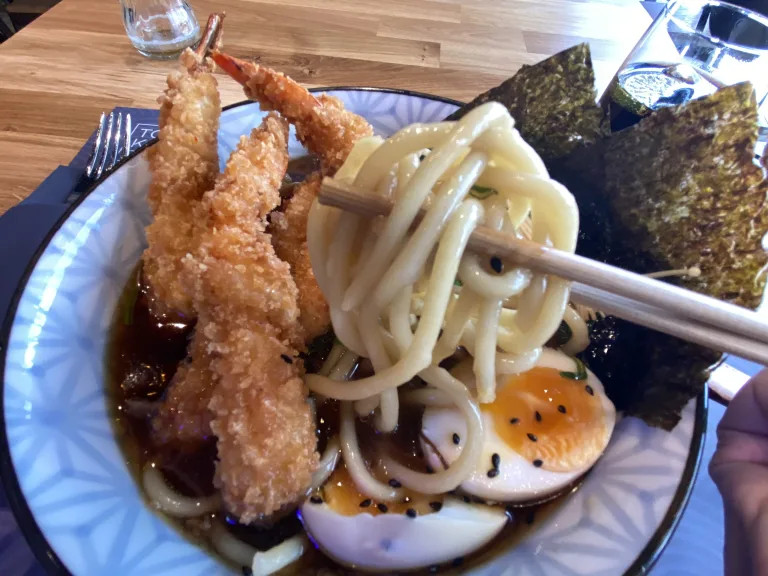
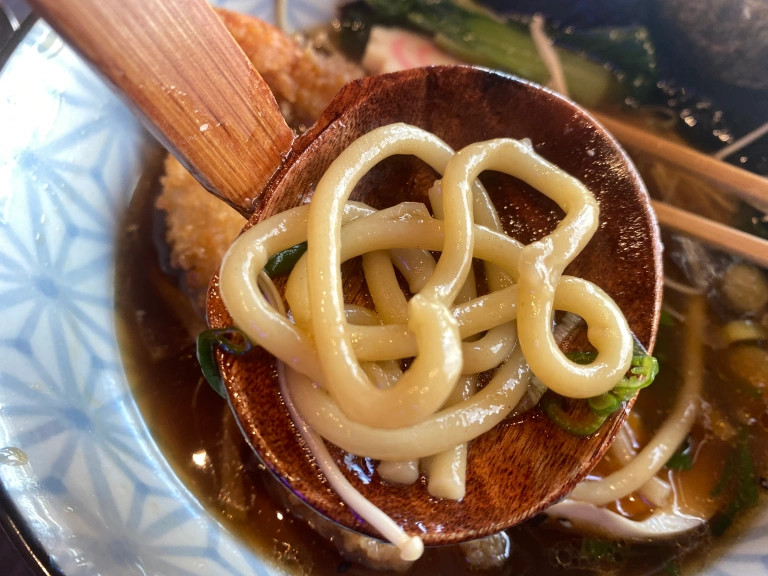

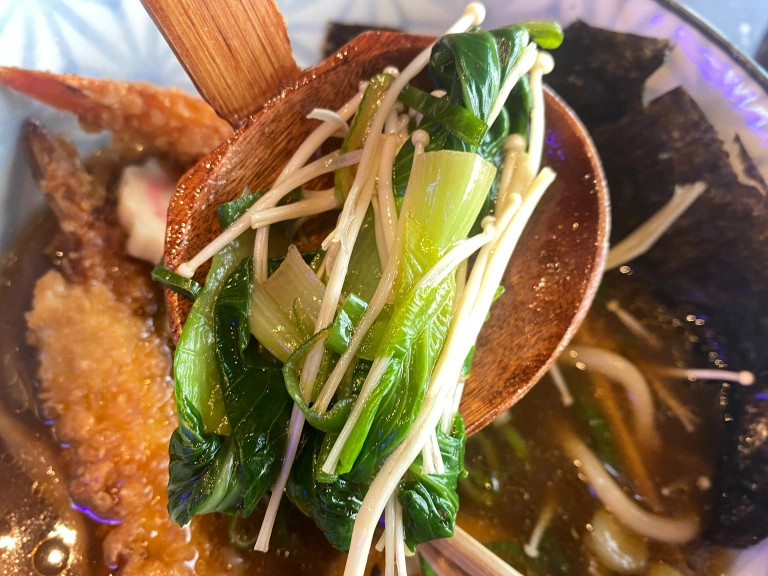
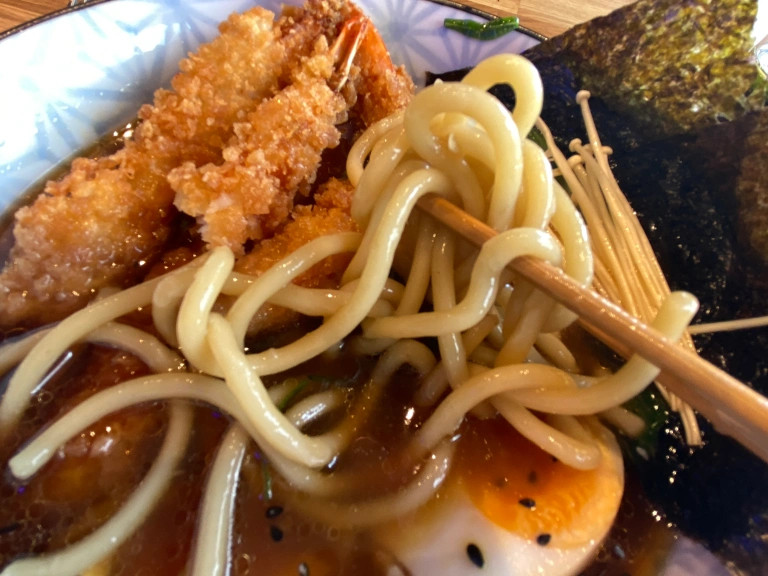
 Have you tried Tokushima ramen? No? You should (says our obsessed Japanese-language reporter)
Have you tried Tokushima ramen? No? You should (says our obsessed Japanese-language reporter) Ramen and girls bar: Where you can talk to women who aren’t dressed like hosts or maids
Ramen and girls bar: Where you can talk to women who aren’t dressed like hosts or maids We visit a restaurant called ‘Otaku’ in France, eat some otaku sushi
We visit a restaurant called ‘Otaku’ in France, eat some otaku sushi Hey, Croatian taxi driver! Take us to the restaurant with the best štrukli in Zagreb
Hey, Croatian taxi driver! Take us to the restaurant with the best štrukli in Zagreb McDonald’s breakfast menu in Hong Kong is like nothing we’ve ever seen in Japan
McDonald’s breakfast menu in Hong Kong is like nothing we’ve ever seen in Japan Foreigner’s request for help in Tokyo makes us sad for the state of society
Foreigner’s request for help in Tokyo makes us sad for the state of society Seaside scenery, history, and so many desserts on Yokohama’s Akai Kutsu【Japan Loop Buses】
Seaside scenery, history, and so many desserts on Yokohama’s Akai Kutsu【Japan Loop Buses】 Japanese city loses residents’ personal data, which was on paper being transported on a windy day
Japanese city loses residents’ personal data, which was on paper being transported on a windy day Should you add tartar sauce to Japanese curry rice? CoCo Ichi makes diners an unusual offer
Should you add tartar sauce to Japanese curry rice? CoCo Ichi makes diners an unusual offer Ghibli Park now selling “Grilled Frogs” from food cart in Valley of Witches
Ghibli Park now selling “Grilled Frogs” from food cart in Valley of Witches Red light district sushi restaurant in Tokyo shows us just how wrong we were about it
Red light district sushi restaurant in Tokyo shows us just how wrong we were about it Mt. Koya planning to instate visitor’s tax to cope with huge tourist numbers
Mt. Koya planning to instate visitor’s tax to cope with huge tourist numbers Harajuku Station’s beautiful old wooden building is set to return, with a new complex around it
Harajuku Station’s beautiful old wooden building is set to return, with a new complex around it Smash Bros. director Sakurai stabs Kirby in the face, has delicious justification for it
Smash Bros. director Sakurai stabs Kirby in the face, has delicious justification for it Starbucks Japan releases new mugs and gifts for Mother’s Day
Starbucks Japan releases new mugs and gifts for Mother’s Day McDonald’s new Happy Meals offer up cute and practical Sanrio lifestyle goods
McDonald’s new Happy Meals offer up cute and practical Sanrio lifestyle goods Japanese ramen restaurants under pressure from new yen banknotes
Japanese ramen restaurants under pressure from new yen banknotes French Fries Bread in Tokyo’s Shibuya becomes a hit on social media
French Fries Bread in Tokyo’s Shibuya becomes a hit on social media Studio Ghibli releases new action figures featuring Nausicaä of the Valley of the Wind characters
Studio Ghibli releases new action figures featuring Nausicaä of the Valley of the Wind characters New private rooms on Tokaido Shinkansen change the way we travel from Tokyo to Kyoto
New private rooms on Tokaido Shinkansen change the way we travel from Tokyo to Kyoto Tokyo Tsukiji fish market site to be redeveloped with 50,000-seat stadium, hotel, shopping center
Tokyo Tsukiji fish market site to be redeveloped with 50,000-seat stadium, hotel, shopping center Beautiful Ghibli sealing wax kits let you create accessories and elegant letter decorations【Pics】
Beautiful Ghibli sealing wax kits let you create accessories and elegant letter decorations【Pics】 Studio Ghibli releases Kiki’s Delivery Service chocolate cake pouches in Japan
Studio Ghibli releases Kiki’s Delivery Service chocolate cake pouches in Japan New definition of “Japanese whiskey” goes into effect to prevent fakes from fooling overseas buyers
New definition of “Japanese whiskey” goes into effect to prevent fakes from fooling overseas buyers Our Japanese reporter visits Costco in the U.S., finds super American and very Japanese things
Our Japanese reporter visits Costco in the U.S., finds super American and very Japanese things All-you-can-drink Starbucks and amazing views part of Tokyo’s new 170 meter-high sky lounge
All-you-can-drink Starbucks and amazing views part of Tokyo’s new 170 meter-high sky lounge More foreign tourists than ever before in history visited Japan last month
More foreign tourists than ever before in history visited Japan last month New Pokémon cakes let you eat your way through Pikachu and all the Eevee evolutions
New Pokémon cakes let you eat your way through Pikachu and all the Eevee evolutions Disney princesses get official manga makeovers for Manga Princess Cafe opening in Tokyo
Disney princesses get official manga makeovers for Manga Princess Cafe opening in Tokyo Sales of Japan’s most convenient train ticket/shopping payment cards suspended indefinitely
Sales of Japan’s most convenient train ticket/shopping payment cards suspended indefinitely Sold-out Studio Ghibli desktop humidifiers are back so Totoro can help you through the dry season
Sold-out Studio Ghibli desktop humidifiers are back so Totoro can help you through the dry season Japanese government to make first change to romanization spelling rules since the 1950s
Japanese government to make first change to romanization spelling rules since the 1950s Ghibli founders Toshio Suzuki and Hayao Miyazaki contribute to Japanese whisky Totoro label design
Ghibli founders Toshio Suzuki and Hayao Miyazaki contribute to Japanese whisky Totoro label design Doraemon found buried at sea as scene from 1993 anime becomes real life【Photos】
Doraemon found buried at sea as scene from 1993 anime becomes real life【Photos】 Tokyo’s most famous Starbucks is closed
Tokyo’s most famous Starbucks is closed One Piece characters’ nationalities revealed, but fans have mixed opinions
One Piece characters’ nationalities revealed, but fans have mixed opinions We asked a Uniqlo employee what four things we should buy and their suggestions didn’t disappoint
We asked a Uniqlo employee what four things we should buy and their suggestions didn’t disappoint Princesses, fruits, and blacksmiths: Study reveals the 30 most unusual family names in Japan
Princesses, fruits, and blacksmiths: Study reveals the 30 most unusual family names in Japan “Hey Singaporean taxi driver! Take us to the best restaurant in Singapore!”
“Hey Singaporean taxi driver! Take us to the best restaurant in Singapore!” We try European Cup Noodle Soba flavors to see which ones come out on top 【Taste test】
We try European Cup Noodle Soba flavors to see which ones come out on top 【Taste test】 Hey, Thai tuk-tuk driver! Take us to the best Thai restaurant in this part of Bangkok!
Hey, Thai tuk-tuk driver! Take us to the best Thai restaurant in this part of Bangkok! We try a rotating sushi restaurant in New Delhi, are surprised to find no rotating sushi
We try a rotating sushi restaurant in New Delhi, are surprised to find no rotating sushi Our reporter orders food from Uber Eats, falls in love, learns that fate works in mysterious ways
Our reporter orders food from Uber Eats, falls in love, learns that fate works in mysterious ways One minute is all you need to make this popular instant noodle meal from Okayama【SoraKitchen】
One minute is all you need to make this popular instant noodle meal from Okayama【SoraKitchen】 Cook up an easy campsite feast inside your home with the “Ramen Cooker”
Cook up an easy campsite feast inside your home with the “Ramen Cooker” Japan’s big eats just got even bigger at this little-known cafe
Japan’s big eats just got even bigger at this little-known cafe How can you maximize the calories you burn singing karaoke?【Experiment】
How can you maximize the calories you burn singing karaoke?【Experiment】 We joined the 10,000 otaku who recently congregated in Madrid for Japan Weekend
We joined the 10,000 otaku who recently congregated in Madrid for Japan Weekend Our Japanese language reporter gets lucky with Vietnam McDonald’s Prosperity Beef Burger
Our Japanese language reporter gets lucky with Vietnam McDonald’s Prosperity Beef Burger Our Japanese reporter visits Czechia’s famous beer spas and boozily bathes in a bath of beer
Our Japanese reporter visits Czechia’s famous beer spas and boozily bathes in a bath of beer What’s it like to watch a sumo tournament in Tokyo during the pandemic?
What’s it like to watch a sumo tournament in Tokyo during the pandemic? We stumbled upon “Pudding Street” in Hanoi, so of course we had to investigate
We stumbled upon “Pudding Street” in Hanoi, so of course we had to investigate We get our hands on a coveted Yodobashi lucky bag, this time the beauty and health gadget box
We get our hands on a coveted Yodobashi lucky bag, this time the beauty and health gadget box
Leave a Reply